The legend of Anansi, the trickster spider, is one of the most enduring and captivating tales to emerge from African folklore. Rooted deeply in the oral traditions of the Akan people of Ghana, Anansi’s stories have traveled across continents, weaving their way into the cultural fabric of the Caribbean and the Americas. These tales are more than just entertaining yarns; they are vessels of wisdom, morality, and social commentary, passed down through generations with a rhythmic cadence that mirrors the heartbeat of Africa itself.
Anansi is often depicted as a cunning and clever spider who uses his wits to outsmart larger and more powerful creatures. His exploits are a testament to the power of intelligence over brute strength, a recurring theme in many African folktales. Whether he’s tricking a leopard into a trap or bargaining with the sky god Nyame, Anansi’s adventures are filled with humor, irony, and timeless lessons. His character is both a hero and an antihero—admired for his cleverness but sometimes chastised for his greed or laziness.
The origins of Anansi can be traced back to the Ashanti people, where he was known as Kwaku Anansi, a name that carries familial and spiritual significance. In many stories, Anansi is not just a spider but a bridge between the human and divine realms. He often interacts with gods, spirits, and animals, blurring the lines between the natural and supernatural. This duality makes him a fascinating figure—one who embodies both the flaws and virtues of humanity.
One of the most famous Anansi tales is how he came to possess all the stories in the world. According to legend, the sky god Nyame hoarded all the stories, refusing to share them with humans. Anansi, determined to acquire them, embarked on a series of impossible tasks. Through a combination of trickery, persistence, and sheer audacity, he succeeded, bringing stories down to earth for everyone to enjoy. This myth underscores the importance of storytelling as a communal treasure, a gift meant to be shared rather than guarded.
Anansi’s influence extends far beyond Africa. During the transatlantic slave trade, enslaved Africans carried his stories to the Caribbean and the Americas, where they evolved into new forms. In Jamaica, he became Anancy, a central figure in Jamaican folklore. In the southern United States, elements of Anansi’s tales merged with Native American and European folklore, giving rise to characters like Br’er Rabbit. This cultural blending highlights the resilience of African traditions and their ability to adapt and thrive in new environments.
What makes Anansi’s stories so enduring is their universal appeal. They are not just for children; they speak to people of all ages, offering lessons about resourcefulness, humility, and the consequences of arrogance. In one tale, Anansi’s greed leads him to try hoarding all the wisdom in the world, only to realize that true wisdom lies in understanding one’s limitations. In another, his laziness backfires when he tries to trick others into doing his work, only to end up worse off than before. These narratives are mirrors held up to human nature, reflecting our flaws and aspirations.
Modern retellings of Anansi’s adventures continue to flourish, from children’s books to theatrical performances. Writers like Neil Gaiman have reintroduced him to contemporary audiences, ensuring that the spider’s legacy endures. Anansi’s web is vast, stretching across time and geography, connecting people through the shared love of a good story. His tales remind us that even the smallest creature can have the greatest impact—a lesson as relevant today as it was centuries ago.
In a world where folklore is often overshadowed by modern media, Anansi’s stories remain a vital link to the past. They are a celebration of African ingenuity and a testament to the power of narrative. Whether told around a fire in Ghana or read in a classroom in New York, the legend of Anansi continues to inspire, entertain, and teach. His web is not just one of silk but of stories—strong, intricate, and unbreakable.

By /Jul 7, 2025
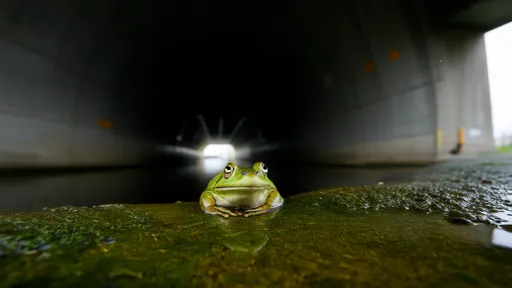
By /Jul 7, 2025

By /Jul 7, 2025

By /Jul 7, 2025

By /Jul 7, 2025

By /Jul 7, 2025

By /Jul 7, 2025

By /Jul 7, 2025

By /Jul 7, 2025

By /Jul 7, 2025

By /Jul 7, 2025
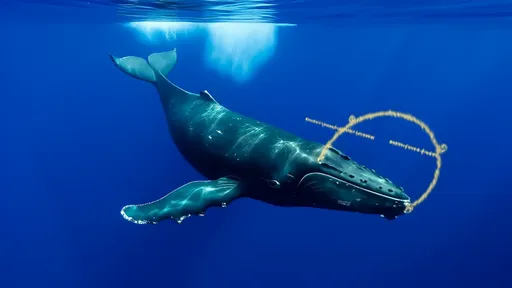
By /Jul 7, 2025

By /Jul 7, 2025

By /Jul 7, 2025
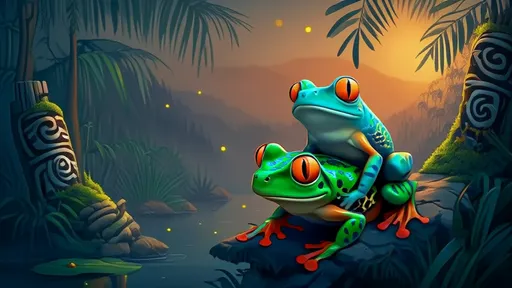
By /Jul 7, 2025
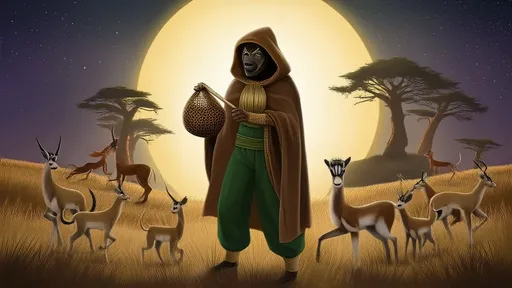
By /Jul 7, 2025
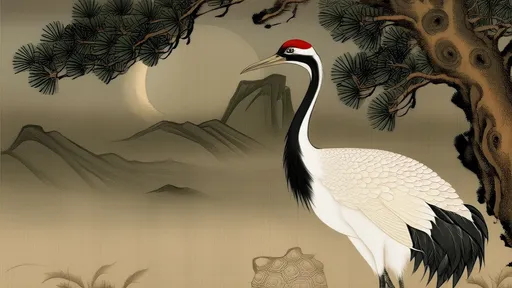
By /Jul 7, 2025
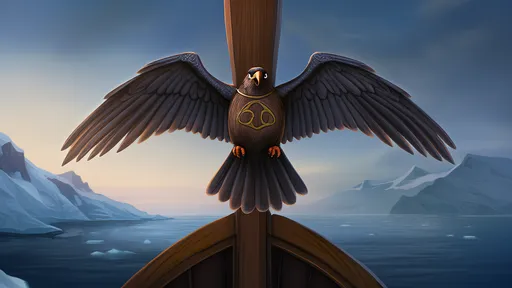
By /Jul 7, 2025